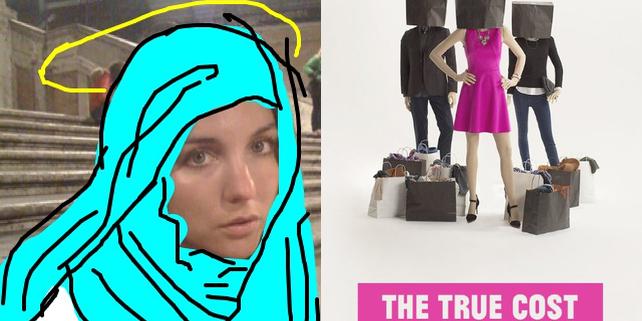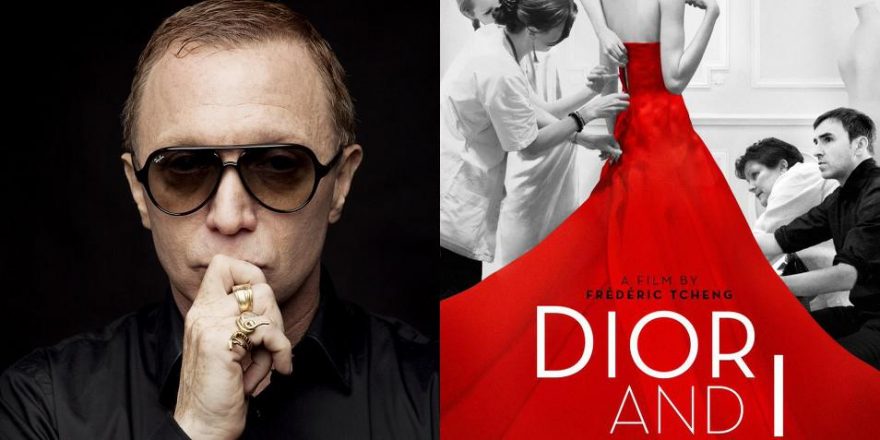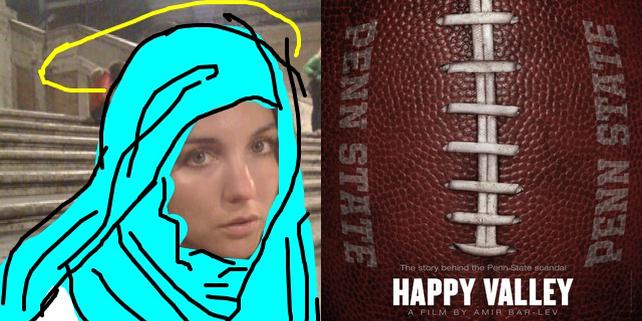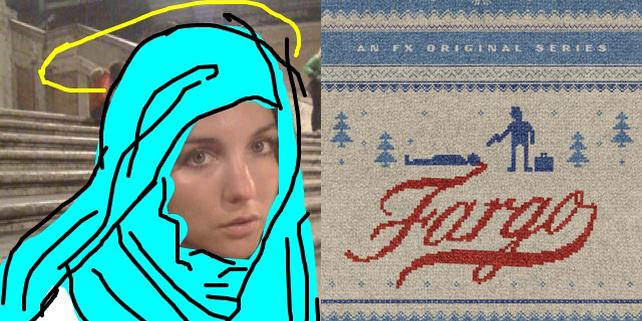When I was first living in New York City and had just turned 20, I had a friend who had moved there at the same time, from the same small Pennsylvania town. Like me, her parents were teachers. Like me, she had moved to New York to be an artist. This is all to point out that she was just as poor as I was. And just like me, she loved fashion. But while I logically only ever let myself purchase things in the kind of stores where the lights were fluorescent, the sweaters smelled like mildew chemicals, and every garment had a big yellow price tag on it, my friend, from the very beginning, wore only Marc Jacobs or A.P.C. She would save up what little money she was earning at the time and buy one good dress and then for a few years, she would wear that dress at least a few times a week, rotating it with one other dress she had purchased of a similar quality. In the decade that we both lived in New York, it seemed she owned about 20 items of clothing. They were all very deliberately chosen and yes, she wore the same thing a lot. She was probably the best-dressed person I knew.
At the midpoint of our New York existence, I lucked into a day-job in the Garment District as a “fit model” (a clothing model who helps designers make their garments fit) and actually started making a decent living. However, my shopping habits didn’t change. In fact, I was more into cheap clothing than ever. This magical place had emerged called H&M. It knocked off the high-fashion runway looks with incredible speed and accuracy. Hardly anything smelled like mildew-y chemicals. It seemed everything — even, somehow, the winter parkas — was priced around $17.99.
By the time I was ready to leave New York, there were three H&Ms I had to walk by on a daily basis just to get from the subway to my fit modeling gigs. By that time, shopping there had become like a sport to me. There was fun in finding something that would give me a mood boost, and get the designers I worked with excited, for less than the cost of lunch. I perversely started to think of my ability to find well-tailored items for very little money as a talent. Every time I popped in, there was new stuff to sift through, and it was always in my preferred price range of “dirt cheap.” H&M had become an addiction. The money-saver, system-gamer, and treasure hunter in me was so happy. I was winning!
True, I had always admired my friend with the few curated high-quality clothing items, and true, the closet in my tiny studio apartment would sometimes explode into the hallway and bathroom in a sea of mangled, somehow angry garments that I would have to wrestle into submission. But it was worth it: part of my job was to be on the cutting edge of fashion, after all, and I was being financially responsible by keeping the costs low. Still, throughout this decade I had a gut feeling that what my friend was doing was somehow admirable and what I was doing was somehow gross. And as Andrew Morgan’s documentary The True Cost finally pointed out to me definitively, my gut was right.
The True Cost lays out the exact cultural moment in the fashion business I describe above and it turns out it has a name: “fast fashion.” It became prominent only within the last 10 years or so, and it has completely transformed not only the fashion business and the way we think about and purchase clothing, but also the international garment business and the world at large.
The existence of sweatshops and poor working conditions for international garment workers is not new. But the world feels to me like it’s getting profoundly more connected by the minute. It feels like the rate of change and new connections is increasing exponentially as we hurtle through space and time. I marvel every day at how life often feels like a sci-fi novel I didn’t read but heard about when I was 12.
It’s this higher level of global connectivity, I think, that makes it increasingly difficult to ignore things that we, on some level, don’t actually want to know. It’s nice not to know some things because if we remain ignorant, then we can keep taking advantage of an economic system that thrives off of human suffering without personally feeling bad about it. If we can keep not knowing, then we can stay comfortable, we can keep operating under the delusion that this is life, it’s how it is, and there’s nothing any of us can do to change it. But what if we know and we keep doing it? Then we’re just terrible people. And no one wants to be a terrible person, not if they have to know that they’re terrible while they’re being terrible. I managed to not know very much at all about the industry that paid my rent for years, and it was bliss.
I love documentaries like The True Cost because they often seem to me to be the easiest way to learn about a situation I may have been unconsciously avoiding. I had a wonderful time as an obsessive compulsive H&M shopper. It was a good run. But I can no longer revel in the $14 minidress I found and think of it as some inexplicable marvel of modern ingenuity. It is that, but it’s also built on a system that doesn’t work without the exploitation of those human beings who hold the least amount of power in the world. The minidress is so cute and so cheap because of modern ingenuity… and quite a bit of human indignity.
Morgan’s documentary doesn’t shy away from addressing the broader question at the base of “fast fashion”: what must we be willing to accept as consumers if the economic system that’s been in place for as long as all of us have been alive continues to be pushed forward unexamined? How long can we hide behind the tenets of capitalism and still look ourselves in the eye?
Capitalism and globalization have been pushed to a point where the world is getting dangerously close to making no sense at all. Banking, the environment, our food, our films, our cosmetics, our music — all have elements to them that reek of corruption, greed, the worst parts of our humanity made visible in actions. Our very basic moral code is being challenged by the simple facts of how the most regular of us Americans live day to day.
It seems to me that wanting to know and listening to our guts might just be key components for finding the answers and transformative actions we desperately need to ensure a livable future as a human race. Why not start with this doc about fashion?







